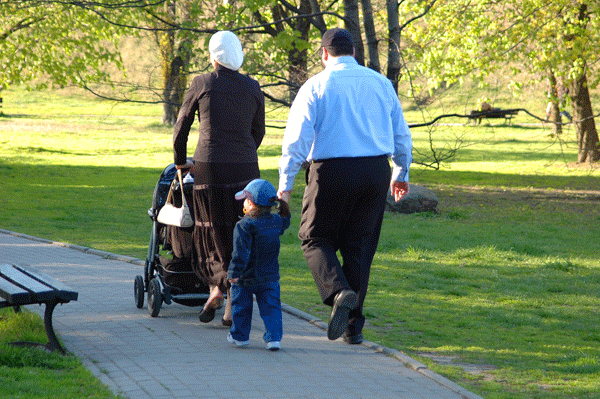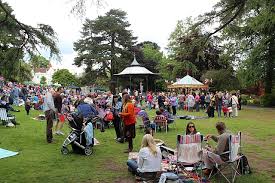Community Design - Public Spaces
Public spaces and places are open and accessible to the public. They form the public realm and are an important aspect of community design.1 High quality public spaces serve multiple purposes which include being functional and providing recreation, art and cultural opportunities as well as opportunities for social interaction. Natural and built features are often combined which can help promote healthy lifestyles, safety, mental well-being and a high quality of life. Factors such as accessibility and age-friendly design are important considerations when it comes to the design and planning of public spaces.2 3
High quality public spaces:
- are inviting and attractive
- accessible and inclusive
- offer unique experiences
- include public art, historical and cultural expressions
- appeal to a wide variety of people
In Ontario, the Accessibility for Ontarians with Disabilities Act (AODA) provides specific requirements for barrier-free and inclusive public spaces through the Design of Public Spaces Standards.4 5
Public spaces can be structured or unstructured and include:
- parklands and parkettes (small parks)
- open / green spaces / naturalized areas
- conservation areas
- paths and trails
- recreation facilities and spaces
- children’s play areas
- public plazas & squares
- streets and sidewalks
- municipal buildings
- multi-purpose facilities
- libraries
- artistic and cultural displays
- water fronts and beaches
Green Space, Nature and Health
Natural and green spaces allow people to connect with nature which can have a positive impact on physical, mental, social and spiritual health and well-being. Natural settings are also recognized for their positive role in child development by promoting active lifestyles, improved grades and personal contentment. The availability of green spaces is associated with positive health effects including:
- increased levels of physical activity
- lower body mass index (BMI)
- social connectedness
- reduced stress levels
- prevention of mental health issues 6
Check out Ecohealth Ontario to learn how public health, medicine, education, planning and environment professionals are working to improve the urban and rural spaces in which we live.7
Date of creation: November 25, 2016
Last modified on: May 13, 2022


